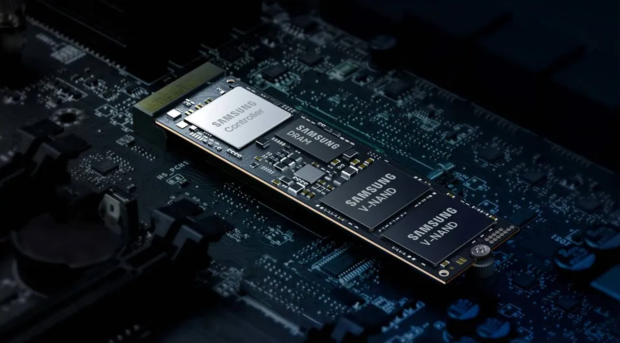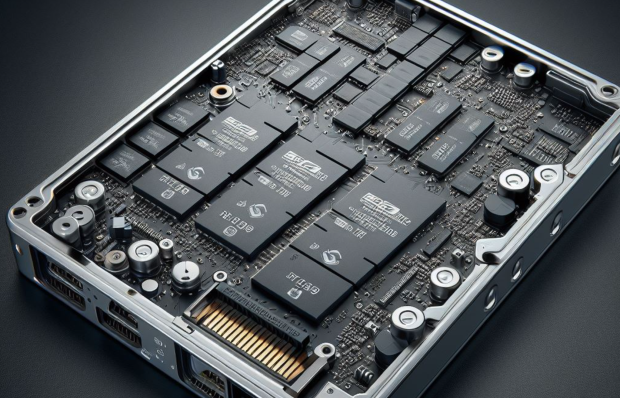The race to achieve the world's first petabyte-sized SSD is being headed by Samsung Electronics, and the finish line may be closer than we previously thought.

It was only in March last year that reports surfaced that Samsung Electronics was approximately a decade away from creating the first petabyte SSD, but now new research has come out that may reduce that timeline significantly. Firstly, Samsung is preparing to launch its 9th Gen V-NAND flash that features 290 layers stacked, a new global benchmark. Additionally, the manufacturer announced the existence of its 10th Gen V-NAND flash that features 430-layer stacking.
The quest to achieve a 1,000 terabyte, or 1 petabyte single SSD may still be some years away, but recently, we got a peak into the behind-the-scenes at what new technology the company is working on to make that storage goal a reality. Giwuk Kim, a Ph.D student at the Department of Electrical Engineering at the Korea Advanced Institute of Science and Technology (KAIST), is set to present an analysis on Hafnia Ferroelectrics, and how ferroelectric properties could lead to smaller and more efficient capacitors/memory.
Notably, the work has been co-authored by Samsung Electronics, but their involvement isn't specifically detailed. However, the analysis is titled "In-depth Analysis of the Hafnia Ferroelectrics as a Key Enabler for Low Voltage & QLC 3D VNAND Beyond 1K Layer Experimental Demonstration and Modeling".
"We experimentally demonstrate a remarkable performance improvement, boosted by the interaction of charge trapping & ferroelectric (FE) switching effects in metal-band engineered gate interlayer (BE-G.IL)-FE-channel interlayer (Ch.IL)-Si (MIFIS) FeFET. The MIFIS with BE-G.IL (BE-MIFIS) facilitates the maximized 'positive feedback' (Posi. FB.) of dual effects, leading to low operation voltage (VPGM/VERS: +17/-15 V), a wide memory window (MW: 10.5 V) and negligible disturb at a biased voltage of 9 V.
Furthermore, our proposed model verifies that the performance enhancement of the BE-MIFIS FeFET is attributed to the intensified posi. FB. This work proves that the hafnia FE can play as a key enabler in extending the technology development of 3D VNAND, which is currently approaching a state of stagnation."


